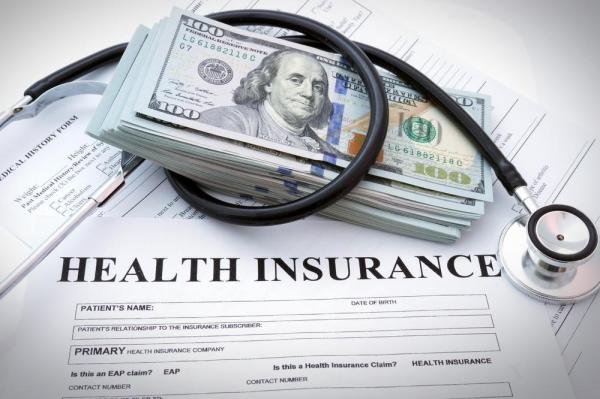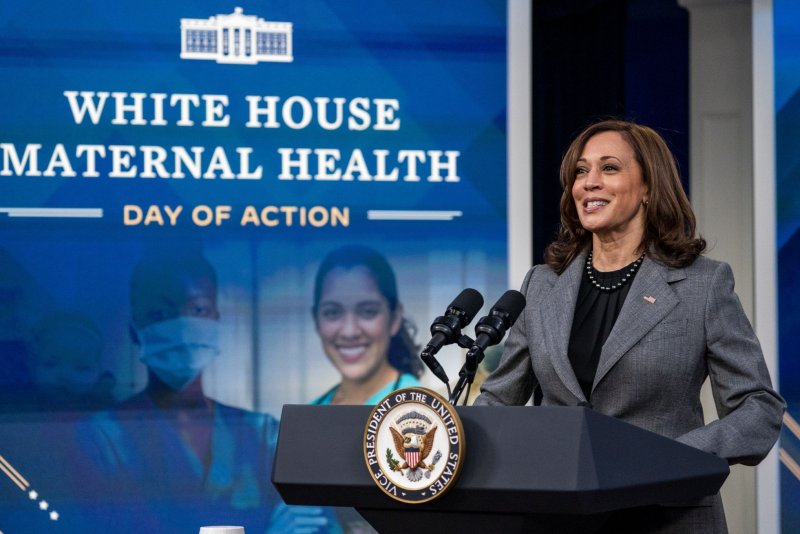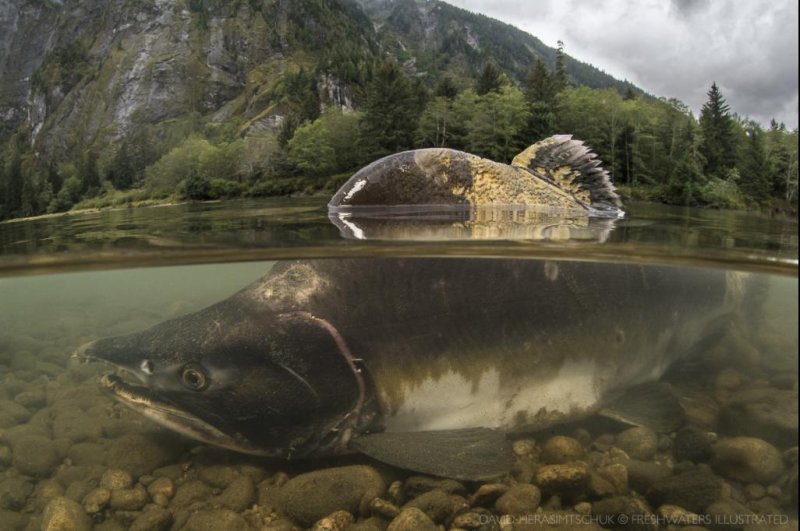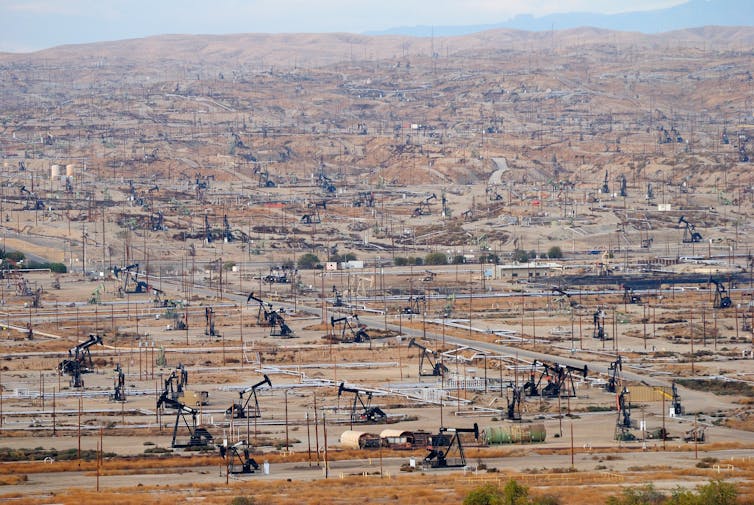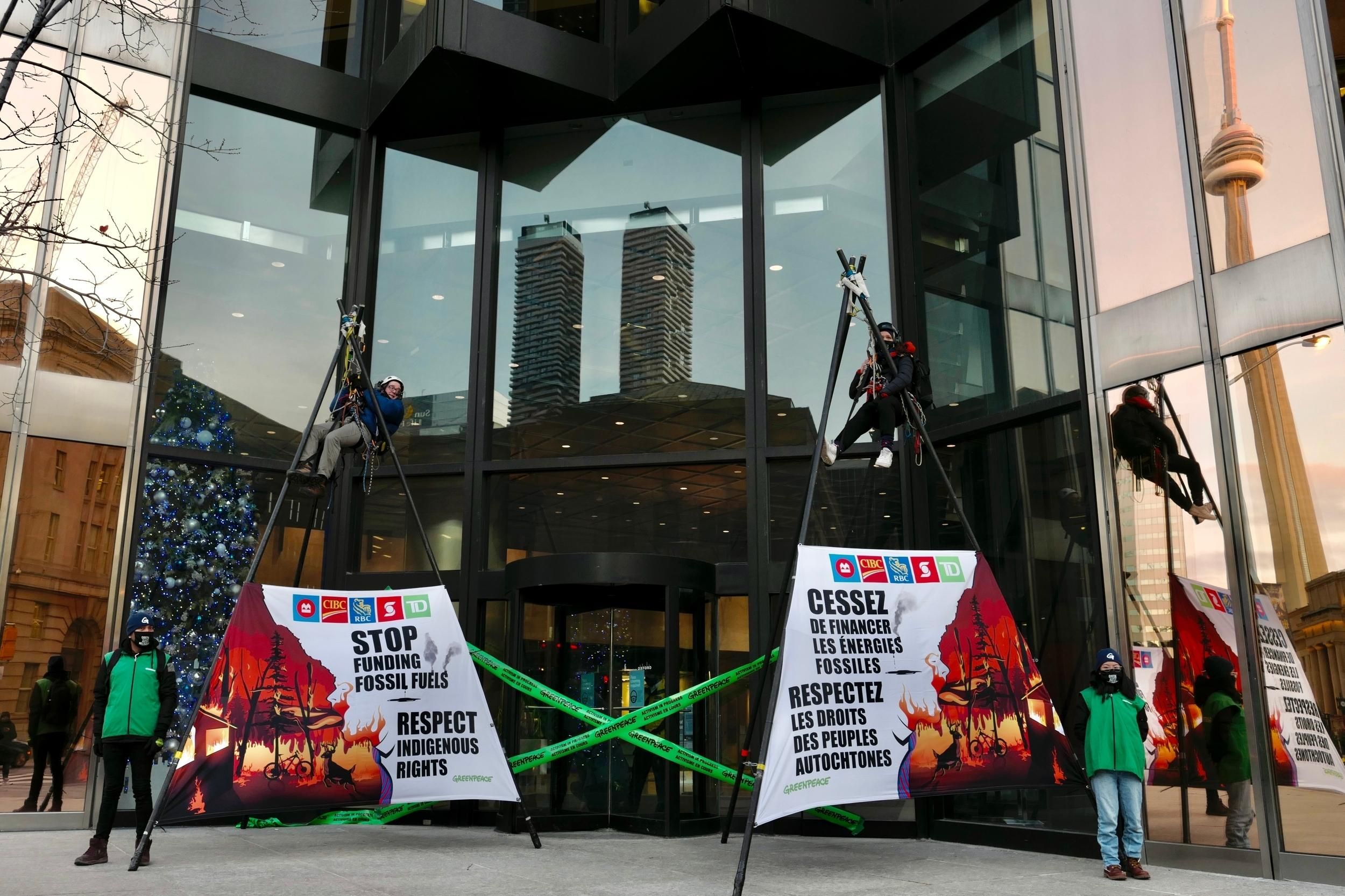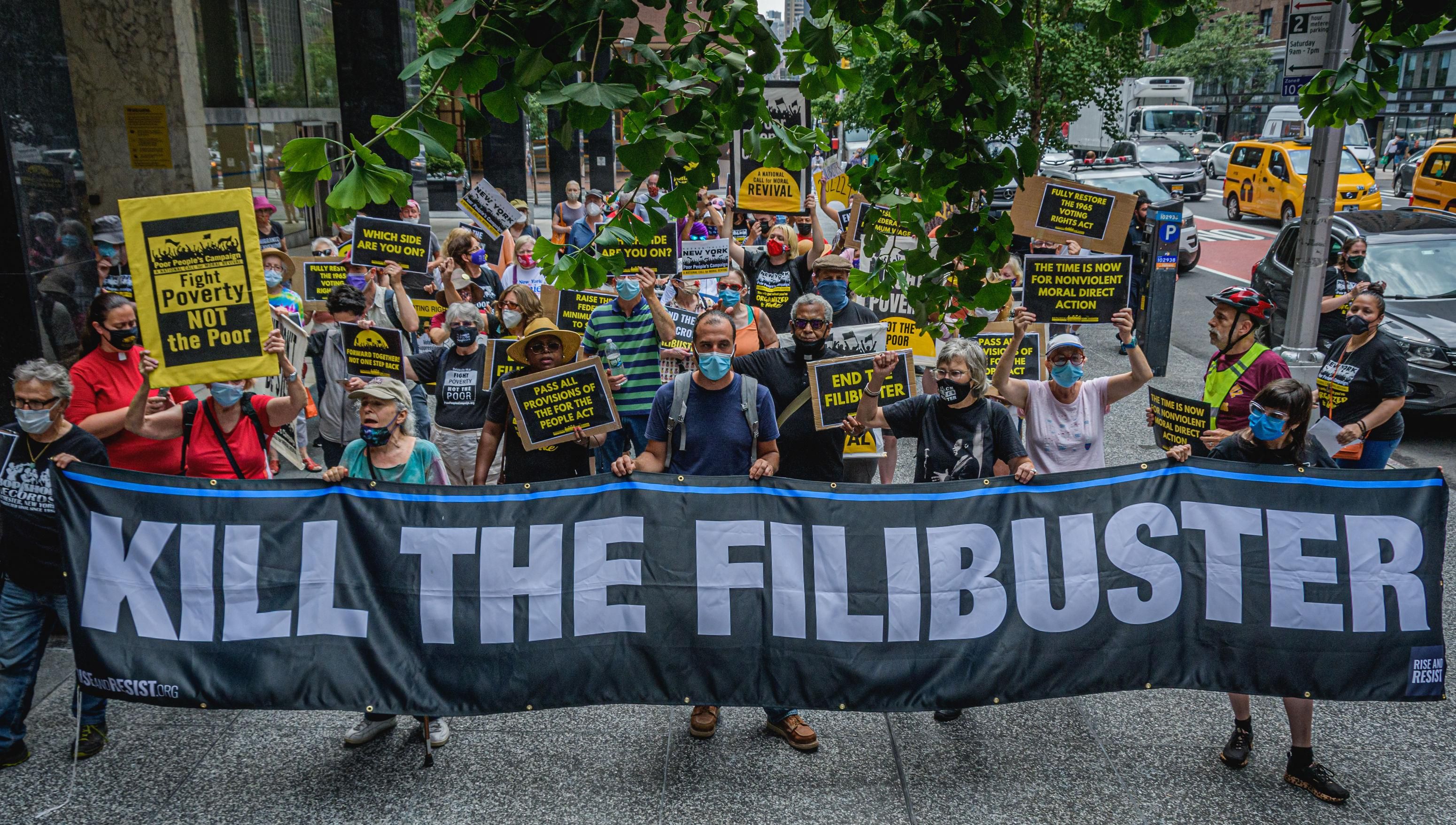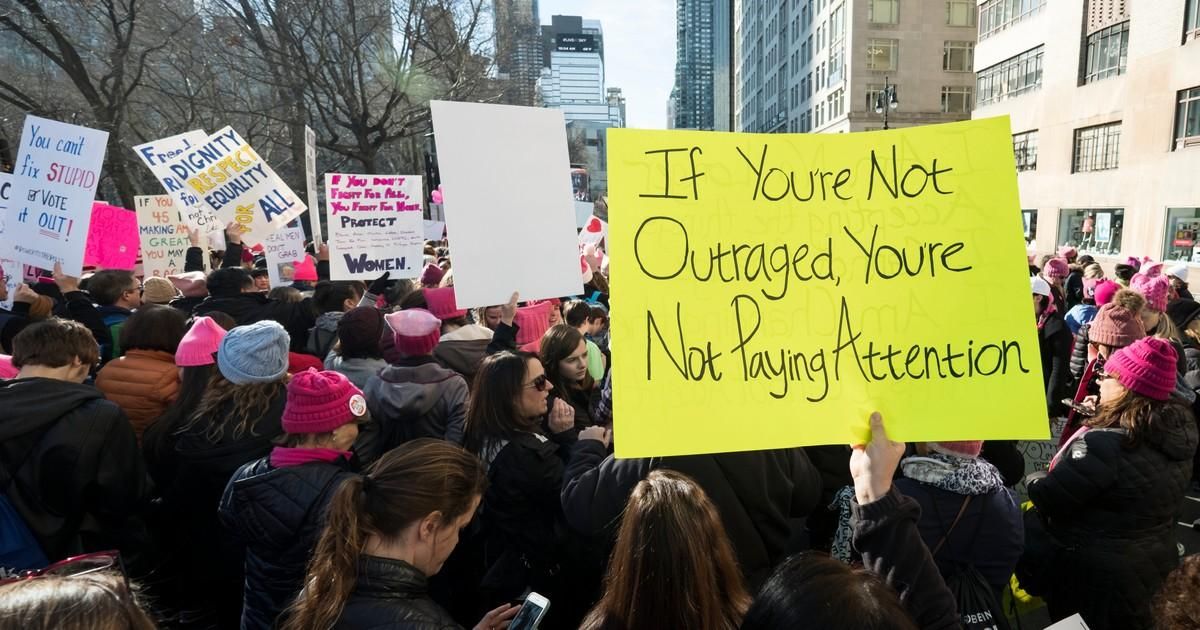By CURT ANDERSON

- In this Dec. 28, 2010, file photo, a group of manatees are in a canal where discharge from a nearby Florida Power & Light plant warms the water in Fort Lauderdale, Fla. Normally giving food to wild animals is considered off limits, but the dire situation in Florida with more than 1,000 manatees dying from starvation due to manmade pollution is leading officials to consider an unprecedented feeding plan. (AP Photo/Lynne Sladky, File)
St. PETERSBURG, Fla. (AP) — Normally giving food to wild animals is considered off limits, but the dire situation in Florida with more than 1,000 manatees dying from starvation due to manmade pollution is leading officials to consider an unprecedented feeding plan.
The U.S. Fish and Wildlife Service and state environmental officials intend to unveil a limited proposal this week to feed the beloved marine mammals in one specific Florida location to test how it works. This is not usually done with any wild animal, but the situation has become such an emergency that it has to be considered, said Save The Manatee Club Executive Director Patrick Rose.
The club was co-founded in 1981 by Florida troubadour Jimmy Buffet and former governor and U.S. Sen. Bob Graham.
“It’s the entire ecosystem that is affected by this and will be affected for a decade to come,” Rose said in an interview Tuesday. “This is a necessary stopgap measure. It is a problem created by man and man is going to have to solve it.”
A Fish and Wildlife Service spokesman said in an email that the agency “does have approval to move forward on a limited feeding trial” but that details are not yet finalized. A formal announcement is expected later this week.
The emerging plan would involve feeding manatees at a Florida Power & Light plant in Cape Canaveral, along the Indian River Lagoon on the east coast where manatees congregate in cold winter months because of the warm water discharge from the plant. It would be an experiment involving lettuce, cabbage, and other greens delivered in a controlled manner such as via a conveyer belt, Rose said.
People would not be authorized to simply start tossing lettuce into a Florida bay some place.

FILE - A manatee comes up for air is it swims in the Stranahan River, in Fort Lauderdale, Fla., on April 2, 2020. More than 1,000 manatees have died in Florida so far in 2021, eclipsing a previous record as the threatened marine mammals struggle with starvation due to polluted waters.
(AP Photo/Wilfredo Lee, File)
“Under no circumstances do we want people feeding manatees. It’s illegal, and remains so,” Rose said.
Manatees have long struggled to survive with humans. Hundreds of the slow-moving animals are struck every year by boats, which has led to no-wake manatee zones throughout Florida with violations punishable by significant fines. But the starvation threat has led to a record 1,017 manatee deaths as of Nov. 19, according to state figures.
As winter looms, even in Florida, another bad year is expected.
This has been caused mainly by runoff from farms, urban areas and sewage that promotes growth of blue-green algae and other harmful organisms. It chokes off light needed by seagrass, eliminating the main food source for manatees. Climate change that worsens the algae blooms is also a factor.
And it’s not just manatees. People’s health can be affected by the algae blooms along with the health of a wide range of aquatic creatures, from crabs to dolphins. Aside from protecting the animals, there is an economic loss for boat captains, sightseeing tours and others who flock to Florida for the chance to see these creatures.
“Literally, saving manatees is part of saving the ecosystem. If we can get this taken care of, manatees will flourish. If we don’t, they won’t,” Rose said. “We are in the most critical position.”
Manatees were listed as endangered for years by the federal government, but in 2017 their numbers appeared to have rebounded enough — officials say there are between 7,000 and 8,000 animals in Florida — that their status was downgraded to threatened. Several Florida politicians, including Republican U.S, Rep. Vern Buchanan, have been pushing to restore the endangered status which brings more attention and resources to them.
